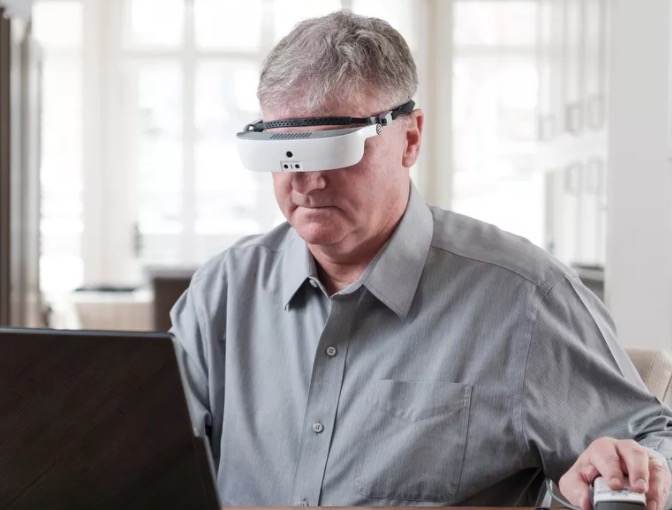In September 2017, Apple released the iPhone X with a new feature for its bestselling line of smartphones: Face ID. At a time when other cutting-edge technologies like smart robots, self-driving cars and voice recognition have not been widely applied, facial recognition is one step ahead. In the near future, there will be more and more applications of facial recognition in our lives. Products like the iPhone X are already here.
"The role of facial recognition is more than just unlocking mobile phones," said Jialin Song, a Ph.D. student in Caltech's Computing and Mathematical Sciences Department. One of the biggest contributions is already developing in law enforcement. Today, he said, police can use facial-recognition technology to compare images of suspected criminals with databases of ID photos and efficiently find matches.
Many researchers believe that facial recognition has large market potential. Catching criminals is only one obvious application. The technology is being used by airlines for boarding passengers, by businesses for exchanging money and in security systems to check people entering buildings. Facial recognition is gradually penetrating into people's lives. Are we ready for it?
Face ID replaced Touch ID, a fingerprint-recognition system used in previous models of the iPhone that enabled users to unlock their phones and perform other tasks, such as authorizing purchases in Apple's iTunes and app stores. The company said Face ID is 20 times more secure than Touch ID.
The new technology uses the iPhone's infrared camera and other sensors to create a three-dimensional mathematical map of the user's face. Whenever the user holds up the phone to unlock it, the device compares his or her face to a previously captured stored image. In sum, the face becomes the user's password.
"The iPhone X has a high technical demand for components," Song said. There are tens of millions of parameters required to enable the facial-recognition technology to work accurately on a computer.
To enable facial recognition on a smartphone, the number of parameters needs to be reduced to tens of thousands, Song said. Some parameters that are not so important will be minimized, like the skin color or hair color. The parameters that are crucial to detect faces cannot be reduced, notably the eyes, nose, mouth, facial shapes and hairstyles (which can have an important impact on facial shapes).
"They reduced some parameters but also ensured the accuracy, which is a breakthrough," Song, whose research field is imitation learning, said of Apple's Face ID developers.
"What makes iPhone X's Face ID different from Samsung's ... is its breakthrough from 2-D to 3-D," Song said. "The increase of one dimension has greatly improved the security."
According to some testers, Samsung's facial ID system, which it introduced in the Galaxy S8, could easily be fooled by a picture in place of the user's face, but iPhone X's cannot.
What's more, some researchers say, the iPhone X's Face ID breaks past the limitations of human eyes for the first time. It can distinguish the features that cannot be distinguished by human eyes, as with twins who look very similar. "If we change five pixels on a picture, you couldn't even notice it, but we do know how to do that for some machines systems," said Mason McGill, a Ph.D. student in the vision lab of Caltech, whose major field is computation and neural systems.

